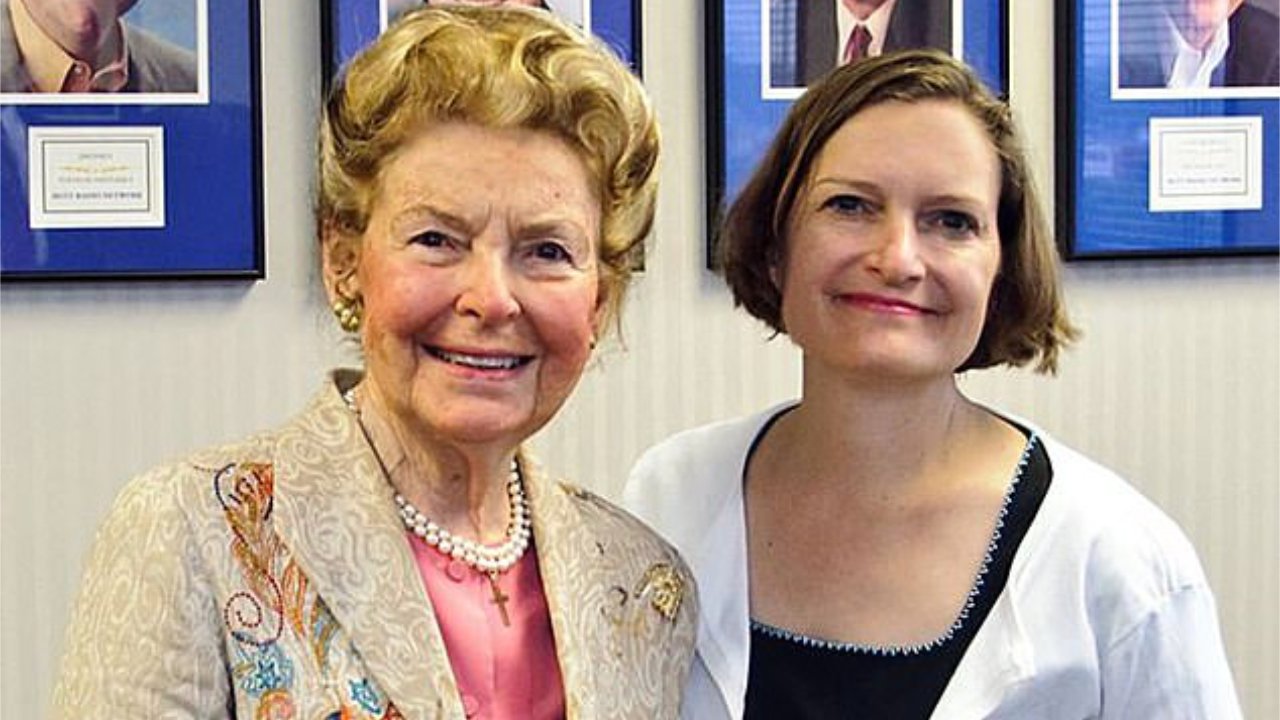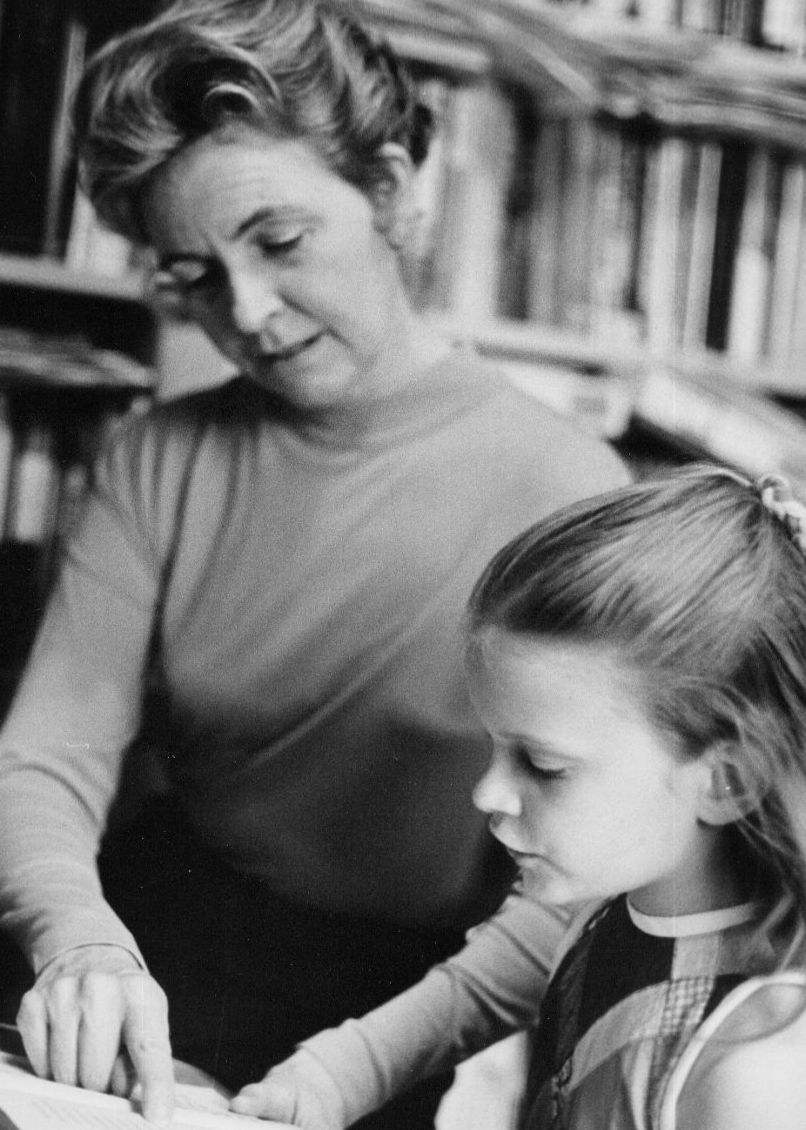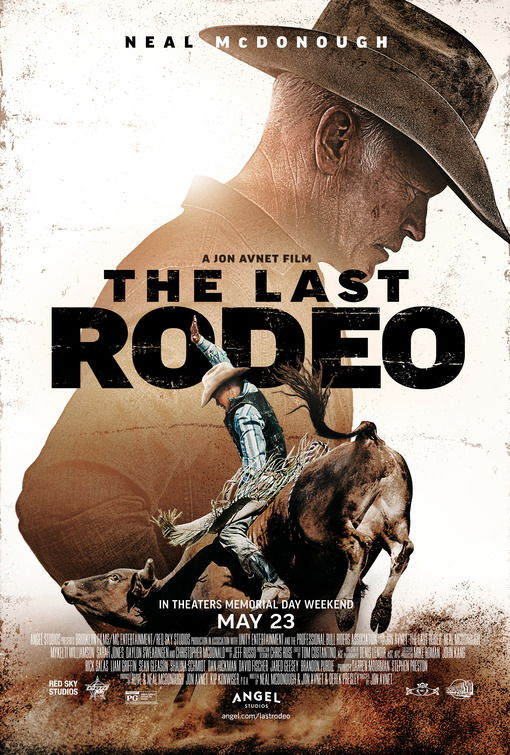
My Mom, the True Phyllis
By Anne Schlafly Cori
It wouldn’t be a Hollywood production without a sex scene. Or, better yet, two sex scenes in order to compare and contrast. “Mrs America” presents sex within marriage as nasty, brutish, and short. The show then presents sex outside of marriage as thrilling and exciting. This new FX/Hulu miniseries has an agenda to rewrite history and to defame conservatives.
“Mrs America” tries to bring back the “war of the sexes” by painting women as being at odds with men, and men as condescending and patronizing toward women. To make “Mrs America” into a vehicle for female stars, all the male characters must be portrayed as bad. Perhaps the producers do not know men who treasure and value their wives, nor do they have men whom they admire. But, treating all men as bad is dishonest, one-dimensional and sexist. Although the series makes unmarried sex seem more appealing, even the glamorous and sexually and domestically “liberated” Gloria Steinem seems to have a particular run of bad luck with men, from her adulterous boyfriend to her sexist publisher to her betrayal by Gary Hart.
“Mrs America” misses the opportunity to tell the story of a true hero: Fred Schlafly. Phyllis’ husband was fully supportive of all of her causes. He relished being called “Mr. Phyllis.” I know, because I am the youngest child of Fred and Phyllis Schlafly. My honorable father cherished his wife, and he not only loved her activism, but he was honored to fund it. My parents had an intellectual partnership that included debating the finer points of political issues, and my mother often honored him as the invaluable partner who made it possible for her to accomplish all she did.
“Mrs America” cannot decide if Phyllis is a puppet of strong men (Fred Schlafly and W. Clement Stone) or if she is a power-mad conniver who will crush her own supporters so that she can capture all of the attention.
Neither is the truth.
There is a great, historical story to tell about the success of the STOP ERA movement and it is through the eyes of the thousands of women who fought against the pernicious Equal Rights Amendment. Instead of telling these fascinating women’s compelling stories, “Mrs America” invents fictionalized characters like “Sarah” and “Mary Frances” to drive a bogus plotline and political agenda. All the feminists portrayed in the series are real people, but Phyllis’ followers are fictional. Why make up stories when there are real stories that are really good? One of the producers claimed that it was easier to make a composite character than to investigate their true histories.
Unfortunately, the writers purposely mischaracterized two of the real-life characters: Rosemary Thomson and Eleanor Schlafly, who are presented as meek puppets of Phyllis’. Nothing could be further from the truth. In reality, both women were intelligent, strong and indomitable.
Rosemary was a serious writer of several books who worked in the Reagan Administration. Eleanor had a fifty-year career fighting the threat of communism through the organization she founded. And, I might add, a string of good-looking, interesting boyfriends. Make no mistake, when Phyllis and Eleanor Schlafly were in a room together, it was my Aunt Eleanor who dominated. Shame on “Mrs America” for turning these passionately committed and dynamic women into pathetic vehicles for comic relief. Since both women have died, they are not here to defend themselves.
“Mrs America” also slurs by innuendo. The producer said that because Betty Freidan alleged that Phyllis was racist, then they had to manufacture a scene to incorporate the allegation by putting words into the mouths of the ERA opponents. They also manufacture catfights among the women. It is terrible that the producers of “Mrs America” view women as so shallow or not smart enough to work independently of men.
So who was Phyllis Schlafly?
“Her hair was mostly always perfect,” said Cate Blanchett, who portrays Phyllis in “Mrs. America.” At least, she got the hair and wardrobe correct! Phyllis kept a weekly hair appointment with Marilyn Carroll of Third Street Hair in Alton, Illinois for decades. Even after she moved to St. Louis, she continued to see Marilyn for the unchanging style. Her hair-do made her instantly recognizable anywhere she went. Between hair appointments, she used a satin pillowcase to keep her hair from mussing in bed.
Find a style and keep it is a philosophy that I learned from my mother. One reason she seemed eternal was that she never changed her style: bouffant teased hair like a helmet, orange-red (salmon-colored) dresses, stockings, and pumps. In the 1980s, some of us convinced her to stop teasing her hair and get a more contemporary cut. It didn’t last very long; she missed her “look.”
She always made up her face so she was prepared to go on television at any time – even on Saturday morning when she went to the grocery store. I never saw her pad around the house in pajamas; her make-up, hair and clothes were done even if she was not planning on leaving her house. It is an important reminder to all of us who are now sheltering in place that getting dressed and looking good should be a daily activity, not just for special occasions.
Her “look” also included sitting up and standing up straight. She held her head high. Or maybe it is not possible to slouch in a bouffant hair-do. Posture was very important to her. She often quoted the conservative writer George Schuyler when he visited her home and commented that her three different pianos in the living room exemplified what his mother always told him to be: Grand, Square and Upright.
“Doonesbury” spoofed Phyllis Schlafly in 1977 and drew her in her favorite salmon-orange dress with a knit top and Ultrasuede skirt. It was the dress that defeated the Equal Rights Amendment. “Phyllis Schlafly always wears salmon. A salmon suit! In every picture I’ve seen of her!” She did love that dress because it traveled well and did not wrinkle – she was always practical in her clothing choices. I bet she wore that dress in public more than a hundred times. When she found something she liked, she stuck with it. But keeping the same style made time disappear, because she always looked the same (hair, make-up, dress, shoes), she did not seem to age.
Phyllis was successful because she motivated women. Phyllis was easy to love because she loved you back, genuinely. She made leadership look easy but her secret was that she was always training those around her to be leaders. My mother considered delegating to be very important because it magnified her work.
One of her most important accomplishments is that she – by example – gave a voice to so many women – the silent majority – and that they, too, could get active and become leaders. So many women have been inspired by Phyllis Schlafly and her organization, Eagle Forum, to become “Eagles” and “Eagle leaders,” terms synonymous with effective policy advocacy. Women who never thought that they could testify before legislatures or speak to the press quickly became experts and some of our nation’s most effective volunteer lobbyists. I am inspired by her relentless energy and endless enthusiasm to fight for right. No matter what the issue, my mother presented a positive, happy message.
Some critics have harped on what they consider to be the inconsistencies in her life. Karen DeCrow, who was president of the National Organization for Women, said “If I had a daughter, I’d want her to be a housewife just like Phyllis Schlafly” – snidely indicating that she did not see Phyllis as a housewife.
My mother never saw the home as a closed and gated community; my mother saw the home as a launching pad. The home did not imprison her; rather her home gave her the freedom to do what she wanted. She regularly quoted feminist Betty Friedan, who called the home, “a comfortable concentration camp,” which Phyllis Schlafly thought was nonsense. My mother loved to work from home and even when she did receive pay, she still preferred to work from home.
My mother was completely comfortable in the public sphere, and, since she liked being accessible, our home phone number was always listed in the phone book. So I answered plenty of crank calls, but I learned to ignore the ugliness. Growing up in the 1970s during the ERA fight when she was continually under nasty assaults, I watched how she never let any attack get under her skin. She smiled sweetly and stayed on message because of the courage of her convictions. I learned from her how to deal with obnoxious, aggressive people. She is a fearless, determined, happy warrior who never loses her cool or her gracious smile. As she said, “I’m not going to let those slobs ruin my day.” It was a lesson that I took to heart during my difficult middle school years.
Phyllis Schlafly worked from home, so she was always there and available. Her office was in the dead center of the house and her typewriter was noisy, and so the clacking of keys could be heard in other rooms. Her office had no doors, so she could also hear what was happening in the rest of the house.
My mother loved babies and was most interested in young children. As she told me, babies are predictable in their behavior and wants. She derived great satisfaction in holding, pleasing and playing with babies.
Yet, I always felt that I had the complete freedom to interrupt her at any time. And I did regularly. I was a noisy child who demanded full attention when I wanted it. She always responded. Sometimes she responded “yes” and took the time I wanted and sometimes she responded “no, come back later,” so I learned delayed gratification.
Whatever paths they choose, Phyllis Schlafly continues to be a role model for women today.
At least Hollywood recognizes the power of her message.

Questions or comments? Please write to us here.


 - Content:
- Content: 

